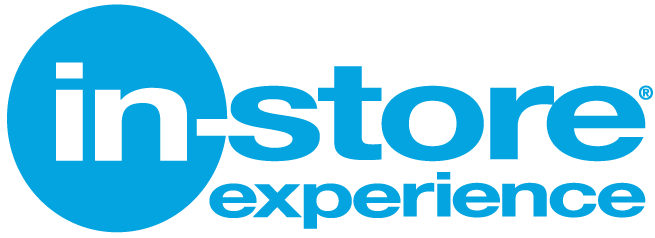What You Need to Know About Impulse Buys in Home Improvement Retail
When we think home improvement retail, we usually imagine the well-thought-out, researched purchase.
Maybe it’s something big, something we’ve saved up for--new ceiling tiles, a new toilet, patio furniture, a lawn mower--something we’d never buy on a whim. But it turns out that impulse buys--purchases made without planning--drive a hefty amount of sales for hardware giants.
Home Depot, Lowe’s, and others rely on not only the big sellers but also the smaller, easy-to-grab products to move off the shelves. How do stores known for large-scale, expensive items leverage impulse buys to increase sales? Here’s what you need to know:
Bring customers into stores
Bringing a customer into the store will increase the chances of an impulse buy, with one A.T. Kearney study finding that 40% of shoppers will spend more money than planned while shopping in-store.
That’s why home improvement retailers are debuting programs that incentivize a visit to their physical stores; special in-store only deals, as well as buy online, pick up in-store options draw customers off the couch and into stores--exposing them to all kinds of products they didn’t know they wanted.
In the words of Home Depot senior VP Kevin Hoffman, “We always talk about Home Depot [as a store] for what you thought you wanted, but you leave with what you really needed.” I
ncreasing exposure to surprising products will boost the chance of an impulse buy--and boost sales in the process.
Think fun, think small, think cheap
Customers are likely to make an impulse purchase if an item is novel, easy-to-grab, and cheap enough to buy without much thought. Not the typical stock of hardware stores--home improvement isn’t cheap, and it’s not usually small-scale.
Some home improvement retailers, then, are bringing in smaller, inexpensive, exciting products that compliment their regular stock. Room decor, kitchen tools, and tech accessories are all eye-catching and easy to pick up when you’re lingering at check-out.
Location is everything
Just because a person is in the store doesn’t mean they’ll encounter your impulse purchase targets--unless you position them carefully.
Vend Retail Expert Francesca Nicasio recommends placing products in high-traffic areas: around the store’s entrance, the checkout line, and high-selling products.
If you hide your impulse items in the back behind a wall of ceiling beams, they won’t get nearly as much visibility as if you put them near the paint samples or the tool boxes.
Nicasio also recommends pairing items with relevant products to encourage purchasing--think wall decals near the paint, string lights near the patio furniture, fun kitchen gadgets near the stovetops.
Even better if you build exciting displays showing products in context--a faux-kitchen with the latest coffee machine sitting on the counter will get a lot of attention, and definitely build up the novelty factor that leads to impulse buys.
The Takeaway
Even if the regular purchase at a hardware store isn’t for something small and new, impulse buys are an essential part of building a successful home improvement retail design strategy.
When it comes to the home, there are plenty of products that customers “didn’t know they needed”--and the best home improvement retailers are making sure those products cross customers’ paths.
Get In Touch





